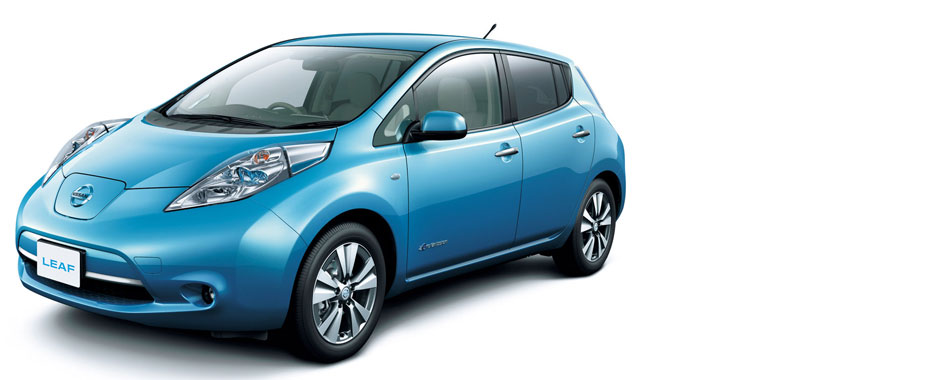
[dropcap]E[/dropcap]skom has established a battery test and demonstration facility at its Research and Innovation Centre in Rosherville, Johannesburg to compare different technologies and supplier products under identical South African conditions and to identify which of the products is suitable for Eskom’s future needs for energy storage.
“These needs have been primarily defined as grid strengthening and for the integration of renewable energy sources into the grid. We have identified the need for up to 2 000MW of additional, daily balanced energy storage within the existing grid,” says Eskom’s GM for research testing and development, Barry MacColl.
Research has shown that storage helps with the integration of renewable energy supplied by independent power producers (IPPs) being fed into the grid.
“Worldwide, the need for energy storage to smooth the output of wind and solar farms is being recognised, and based on this, as much as 2 000MW is expected to be required to accommodate the up to 18 000MW of renewable generation included in South Africa’s Integrated Resource Plan 2010,” said MacColl on Thursday.
Additionally, the timing of production from solar power added to the grid is such that Eskom will need to provide additional peak power generation, or load shift the energy produced into times when the sun is not shining.
Another key use of energy storage is to help distribution and transmission strengthen their infrastructure and defer capital expenditure as well as provide voltage and frequency support. “The future need for energy storage is therefore clear, however, the existing technologies are only at the beginning stages of commercial development,” MacColl said.
Control system
The two systems installed include 200kW, 1MWh units supplied by AfriDevo (a lithium-ion battery manufactured by BYD of China) and a General Electric unit. GE is supplying its version of the Zebra battery previously tested for electric vehicles.
A control and data monitoring system has been installed to allow for the battery systems to be controlled and charged and discharged by the grid and provide simulation opportunities.
There is also space for more units.
“The intention in the long run is to have additional opportunities explored to test additional technologies. Best practice and best approach will be formulated during this process to ensure optimal procedure for future technologies to be included in the testing facility. Testing initiation is planned for the end of July,” said MacColl. —SAnews


